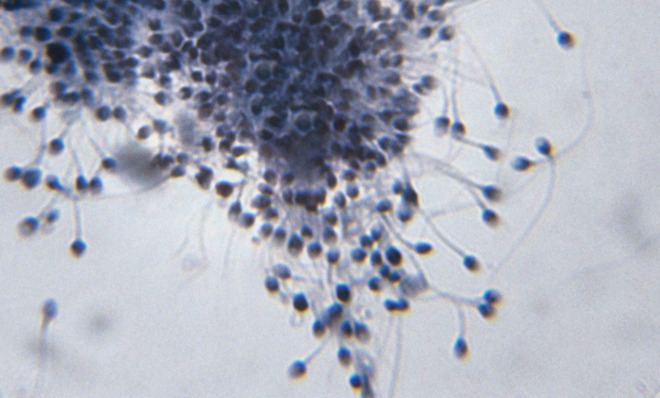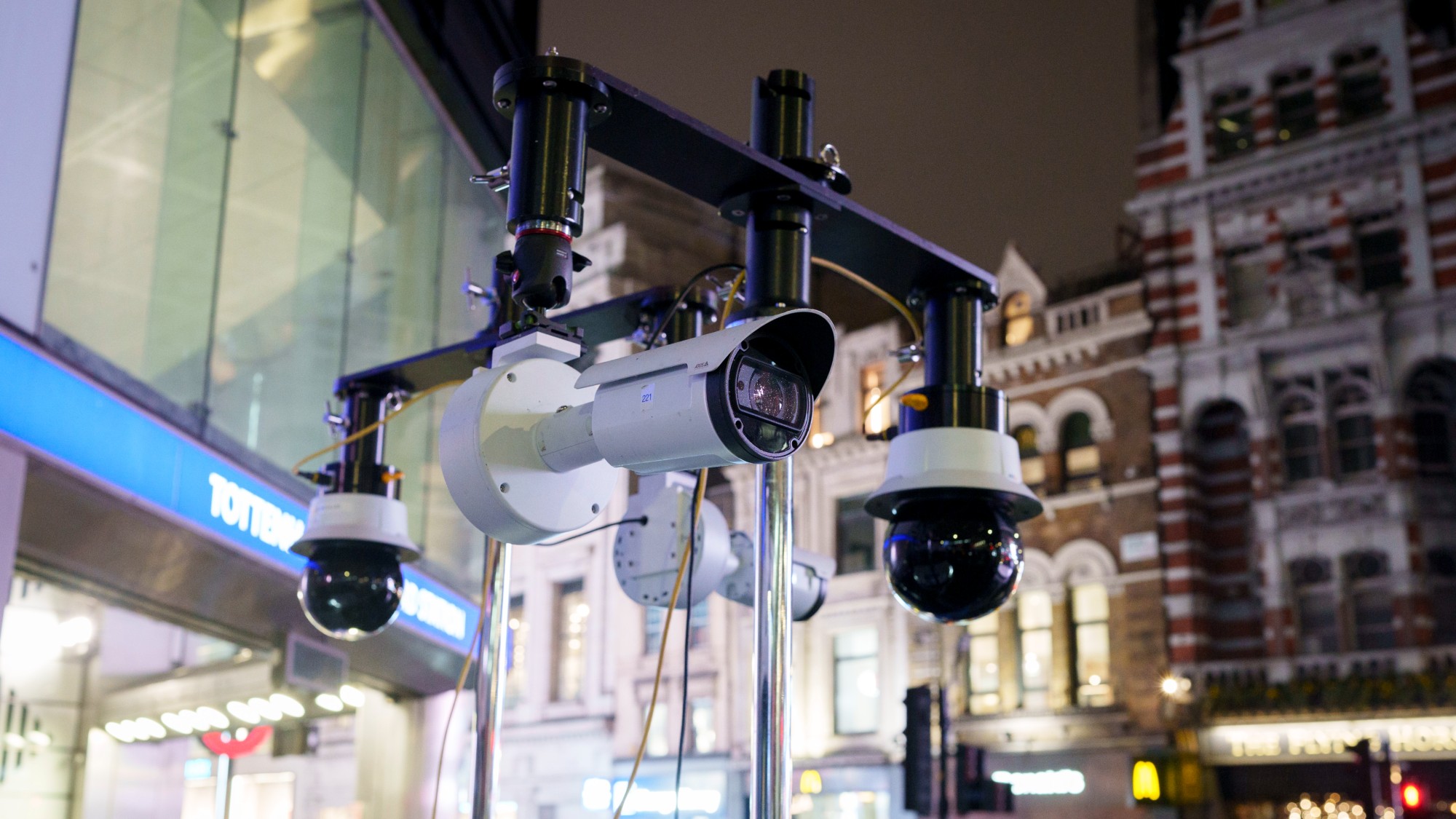How sperm could one day cure cancer
Say hello to the spermbot

Spermbots may sound like the mutants in the latest horror flick, or characters in a semi-obscure 2002 Tilda Swinton movie. But they actually represent the latest medical advancement in the fight against cancer.
Researchers at the Institute for Integrative Nanoscience in Dresden, Germany, were trying to develop biobots — biological matter controlled to move or act in a certain way — that do not harm the human body. Sperm — specifically bull sperm — provided the solution. Not only are they perfectly safe to enter the human body (in most cases), but their whip-like flagellum propel their movement, so no artificial motor is needed.
To guide those rambunctious sperm cells, researchers trapped the sperm in magnetic tubes made of iron and titanium nanoparticles. The sperm goes in head first, so the flagella is free to act as a propeller.
The Week
Escape your echo chamber. Get the facts behind the news, plus analysis from multiple perspectives.

Sign up for The Week's Free Newsletters
From our morning news briefing to a weekly Good News Newsletter, get the best of The Week delivered directly to your inbox.
From our morning news briefing to a weekly Good News Newsletter, get the best of The Week delivered directly to your inbox.
As the little swimmers generate movement, the scientists adjust the magnetic field to manipulate the direction. Breanna Drexler at Discover Magazine writes, “It’s like a remote-control robot where the sperm start the engines and the researchers provide the navigation.”
But these bots aren’t just racing around like a game of Mario Kart. They have opened up a world of possibilities, ranging from fertility treatments to targeted medicine delivery.
One of the lead professors on the project, Oliver Schmidt, tells the Daily Mail that the “vision of using magnetically guided human sperms for assisted fertilization seems most compelling ,” explaining that you could "capture single sperm cells in vitro, transfer the sperm-driven robots into the uterus, and guide them magnetically towards the egg cell location.” Essentially, the in vitro fertilization could occur inside the body. While bovine sperm clearly wouldn’t do the trick on humans, Schmidt doesn’t foresee a significant problem with turning human sperm into spermbots.
The researchers also note that they could be used for the targeted delivery of medicine. Drexler describes how the spermbots “are made of a superfine membrane that could carry drugs to diseased parts of the body.” They could even potentially be used for “drilling itty bitty holes in tissues inside the body, or fixing cancer cells.”
A free daily email with the biggest news stories of the day – and the best features from TheWeek.com
With sperm, the possibilities are apparently endless.
Check out a video of the spermbots in action below:
Emily Shire is chief researcher for The Week magazine. She has written about pop culture, religion, and women and gender issues at publications including Slate, The Forward, and Jewcy.
-
 Political cartoons for December 14
Political cartoons for December 14Cartoons Sunday's political cartoons include a new White House flag, Venezuela negotiations, and more
-
 Heavenly spectacle in the wilds of Canada
Heavenly spectacle in the wilds of CanadaThe Week Recommends ‘Mind-bending’ outpost for spotting animals – and the northern lights
-
 Facial recognition: a revolution in policing
Facial recognition: a revolution in policingTalking Point All 43 police forces in England and Wales are set to be granted access, with those against calling for increasing safeguards on the technology
